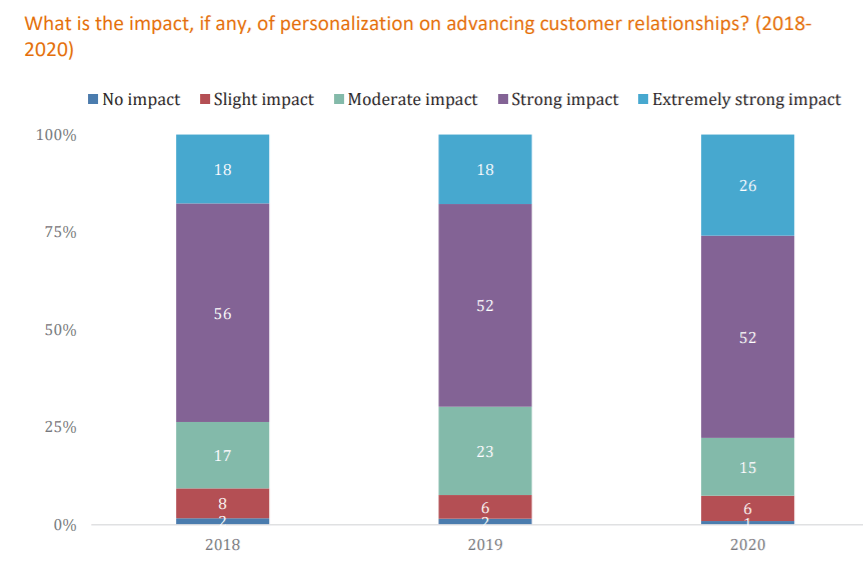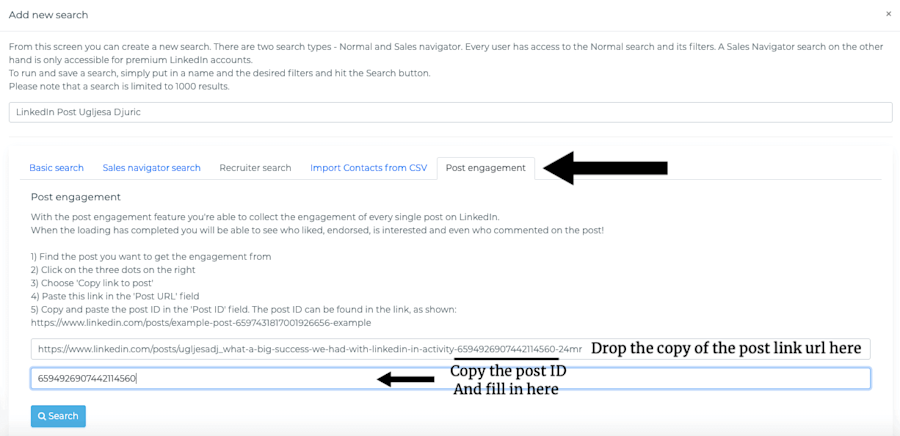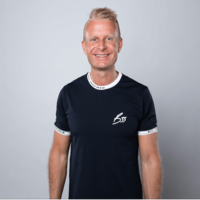“Personalization” is one of those big, expensive marketing buzzwords that everyone likes to use but no one knows exactly what it means.
Sure, everyone’s content is “tailor-made”, their automation tool is “customized”, and their social media is “user-centered”, but these terms have become so overused that nobody stops to think about their actual weight.
For example, many people still think of personalization as dropping someone’s name into a pre-made generic message, and sending the same message to everyone on your contact list. Unfortunately, the last time this approach worked, the band “Creed” was still together and Ne-Yo won a Grammy (think 2009).
The truth is, personalization on LinkedIn is much more advanced, and people need to catch up.
If you want to generate leads, make meaningful connections, and increase your profile in the industry, you should start thinking about a more complex, personalized LinkedIn outreach strategy.
How should this strategy work? What tools should you use? What is personalization, really?
Let’s tackle some of these questions and see which tactics make a LinkedIn outreach strategy awesome.
Note: Want to know what type of content works for your target audience? Try Leadfeeder free for 14 days to learn about your prospect's interests and preferences.
#1: Take personalization seriously
The first step towards improving your outreach strategy is recognizing the important role of personalization.
Luckily, today’s marketers are already learning that fact, as they seem to find personalization is affecting their customer relationships greatly.

As this study shows, 26% of marketers find that personalization has an extremely strong impact on advancing customer relationships, while 52% feel it has a strong impact. More importantly, it looks like the trend is shifting towards more personalization.
Okay, so marketers think personalization matters. But to find out if they’re right, we need to see if their audience feels the same.
To answer this question, I think this Accenture report tells us everything we need to know. There are a lot of interesting findings in this study, but this one takes the cake: 83% of shoppers claimed they would exchange data to receive a more personalized shopping experience. In a time where personal data is one of our most valuable personal possessions, it speaks volumes that people would trade it for a more personalized experience.
Just to slam dunk this point home, here’s another study (I promise this is the last one): Adobe found that 43% of customers actually “get annoyed” when brands don’t personalize their experience and adapt it to the current context.
Boom. That’s why you need to personalize your content.
#2: Build up your profile
So, let’s talk about how you can make your LinkedIn outreach strategy more personal.
It all starts with growing your LinkedIn profile. This seems easy: you start mass sending connections to recommended contacts, you endorse skills, your skills get endorsed, your network grows, and you’re a superstar in no time. Right?
Wrong. There are two mistakes you’d be making here.
First, your profile has no relevant content, so even if someone connects with you and visits your profile, they would see nothing of relevance. If that happens, this connection is wasted. Yes, the person technically accepted your request, but they don’t consider you a relevant voice in the industry.
Second, if you just start massively adding people, LinkedIn will catch up to you and ban your profile. Suddenly sending 50 connections per day is highly suspicious, unhuman-like behavior.
Here’s how you can fix those mistakes.
Content-wise, you should study your target audience and see what kind of content they might be interested in. Infographics, research studies, poll results, tips’n’tricks – all of these can perform well on LinkedIn. Whatever your content may be, make sure the format is interesting as well.

According to LinkedIn, video seems to get the most engagement, so you can try to invest resources into creating useful guides or tutorials in video form.
As for mistake number two – massively adding people – that is fixable by simply counting the number of connection requests you send out every day. You can do something called “warming up” your account, where you send 10 connection requests for the first five days, 20 connection per day the next five days, 30 connections per day the next five days, and so on.
My advice – using an automation tool like Expandi can make this process much easier. Who wants to count their connection requests every day for a month? An automation tool can be set up in such a way to avoid getting your account banned by putting caps on connections sent.
#3: Identify your target audience
Getting your first dozen of connections and posting relevant content is just the beginning. The next step is crucial – you need to start adding people who are interested in what you have to say.
Here lies the key to personalization – delivering the right kind of message to the people that will be interested in it.
A method I like to recommend for finding the perfect target audience is simple, only takes a few steps, and can entirely be done with automation tools.
First, you identify a LinkedIn post from your industry with a lot of engagement. Let’s say you’re working in finance consulting, and a big player in your industry shares a huge PDF report with a lot of predictions. That generates a lot of attention and you see more than 500 comments on the post.
You copy the link to that post and save it.
Second, you log in to Expandi and click the “add new search” button.
Then you choose the tab “post engagement”, paste the LinkedIn URL below, and fill the ID field on the bottom.

If everything looks like this, you’re done!
Now, think about what we’ve done here – we found 500 people that are active in our industry (active enough to engage with a post on LinkedIn) and we have their profiles. When we launch a campaign targeting people interested in finance with our finance-related message, they’re much more likely to hear us out.
That’s one part of what we call “personalization”.
#4: Start with personalized LinkedIn outreach
The second part of personalization is messaging.
As I mentioned before, you can simply call someone by their name and think that’s it. I like to go a step further and mention the post they interacted with, maybe even draw their attention to a specific point in that post. Going back to our previous example with the finance report – you could ask them what part of the report they like the most, or start a debate on one point made in the report.
Once you apply this to your outreach strategy, you’ll see a dramatic shift in your results.

A 72% acceptance rate and 40% response on follow ups? I’d call that a success.
That’s what happens when you reach the right people and spend some time creating a message that will speak to them on a personal level!
Final word
There you go, four simple steps for a perfect personalized LinkedIn outreach strategy, even though the first one wasn’t actually a step, but more of a point.
When done right, personalization is a typical win-win scenario – you’re growing your profile and advancing in the industry, while your audience is getting relevant content. Also, there is always a big chance that some of those connections you’re making are looking for someone like you right at this moment!
So, start by acknowledging your current outreach isn’t personal enough. No shame in that.
Then start fixing it and watch your results soar!
Note: Want to know what type of content works for your target audience? Try Leadfeeder free for 14 days to learn about your prospect's interests and preferences.
Now that you're here
Leadfeeder is a tool that shows you companies that visit your website. Leadfeeder generates new leads, offers insight on your customers and can help you increase your marketing ROI.
If you liked this blog post, you'll probably love Leadfeeder, too.
Sign up







